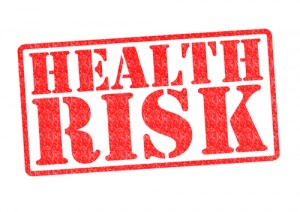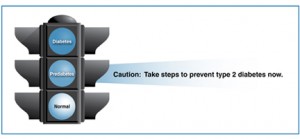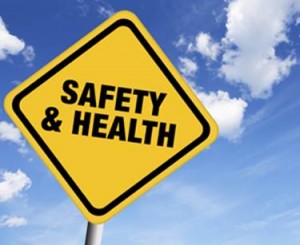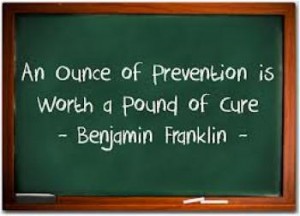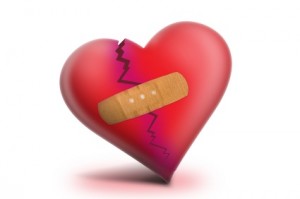 Everyone feels stressed from time to time. Not all stress is bad. All animals have a stress response, and it can be life-saving. But chronic stress can cause both physical and mental harm.
Everyone feels stressed from time to time. Not all stress is bad. All animals have a stress response, and it can be life-saving. But chronic stress can cause both physical and mental harm.
There are at least three different types of stress:
- Routine stress related to the pressures of work, family, and other daily responsibilities
- Stress brought about by a sudden negative change, such as losing a job, divorce, or illness
- Traumatic stress, which happens when you are in danger of being seriously hurt or killed. Examples include a major accident, war, assault, or a natural disaster. This type of stress can cause post-traumatic stress disorder (PTSD).
Different people may feel stress in different ways. Some people experience digestive symptoms. Others may have headaches, sleeplessness, depressed mood, anger, and irritability. People under chronic stress get more frequent and severe viral infections, such as the flu or common cold. Vaccines, such as the flu shot, are less effective for them.
Some people cope with stress more effectively than others. It’s important to know your limits when it comes to stress, so you can avoid more serious health effects.
via Stress: MedlinePlus.


